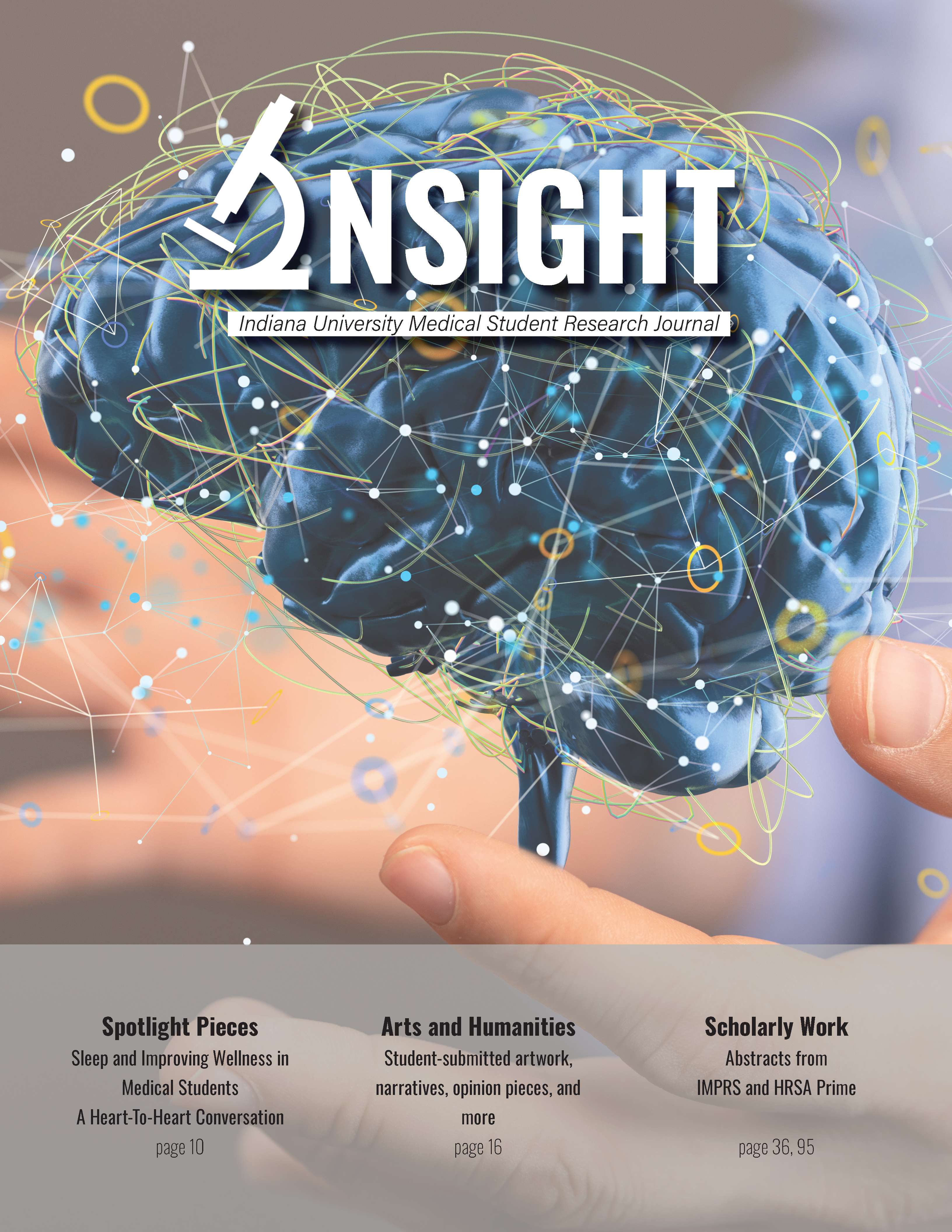Brain activation during scene encoding fMRI in the Alzheimer’s disease continuum: Association with amyloid and tau burden in PET
Abstract
Background and Hypothesis: This project assessed brain activation during a scene encoding task in 4 groups: older adults who were cognitively normal (CN), subjective cognitive decline (SCD), mild cognitive impairment (MCI), and dementia due to Alzheimer’s disease (AD). Associations between scene encoding related brain activation and tau, amyloid, and other biomarkers were analyzed. Our hypothesis was that higher levels of cerebral tau and amyloid would be associated with reduced scene encoding activation. In addition, we hypothesized that scene encoding activation would be significantly different between cognitively normal and cognitively impaired groups.
Methods: 234 individuals from the Indiana Memory and Aging Study (79 CN, 67 SCD, 70 MCI, and 18 AD) completed structural and functional MRI, clinical/cognitive assessment and biomarkers; 155 underwent amyloid ([18F] florbetapir/[18F]florbetaben) PET, while 111 also underwent [18F]flortaucipir PET. For the fMRI scene encoding task, participants were asked to view and remember a set of images. A one-way ANOVA test was used to analyze scene encoding related activation differences among the 4 groups. Regression was used to identify associations between scene encoding activation and tau and amyloid deposition.
Results: Significant differences in activation were observed between the MCI and CN groups, including less activation in widespread regions during the task and reduced deactivation in the default mode network (DMN) in MCI participants relative to CN. Significant associations between higher amyloid and tau deposition and altered scene encoding activation were also observed.
Conclusion and Potential Impact: Cognitive decline is associated with activation changes during scene encoding, as well as reduced deactivation in the DMN, especially in the posterior cingulate region. Higher cerebral amyloid deposition predicted decreased scene encoding related activation. These findings are consistent with models linking cognitive status, functional brain activation during episodic encoding, and pathophysiological processes in the AD continuum. The positive association with tau is a new finding that should be explored with further studies.
Downloads
Published
Issue
Section
License
Copyright to works published in Insight is retained by the author(s).

